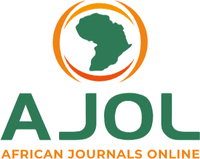Role of Next Generation Sequencing in Biomolecular Sciences: A Review
Keywords:
Next-generation sequencing (NGS), high-throughput capacity, environmental DNA analysis, DNA fragmentation, sequencingAbstract
Next-generation sequencing (NGS) technologies have revolutionized various scientific disciplines, offering high-throughput capacity and cost-effectiveness. This review explores the applications, workflow, advantages, and differences of NGS in diverse fields. NGS has significantly advanced genomics research, clinical diagnostics, personalized medicine, and environmental DNA analysis. The NGS workflow involves DNA fragmentation, library preparation, sequencing, and data analysis, enabling comprehensive genetic analysis. DNA fragmentation methods include sonication and enzymatic digestion, while library preparation involves modifying DNA segments for sequencing adaptors. Sequencing platforms like Illumina and Ion Torrent perform massive parallel sequencing, generating sequence data for bioinformatics analysis. NGS applications span forensic genetics, oncology, agriculture, clinical microbiology, and beyond, showcasing its versatility. The advantages of NGS over conventional methods include high speed, accuracy, and sensitivity in detecting low-frequency variants. NGS platforms offer scalability, rapid data generation.





